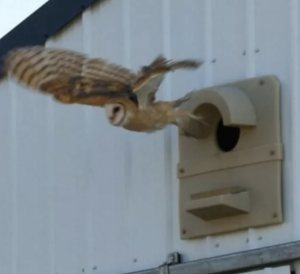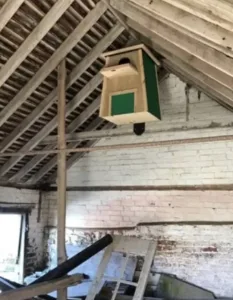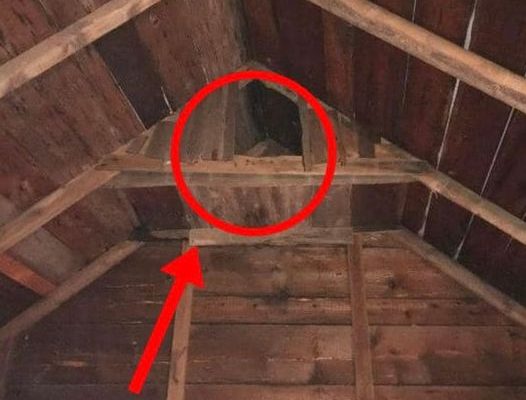The relationship between barn owls and farmers was once a vital part of rural life.
Believing that barn owls were effective at controlling pests, farmers often built nest boxes in their barns, combining traditional skills with environmental awareness.

This practice showed how much farmers valued the natural balance and were willing to welcome these predators into their farming practices, long before modern conservation efforts began. Using materials like straw and wood, farmers crafted nest boxes that were functional, providing adequate ventilation and drainage for the owls’ safety and comfort.
These nests were carefully placed in quiet corners, rafters, and lofts, allowing the farm’s daily activities and the owls’ nesting needs to coexist peacefully. Over time, building barn owl nest boxes became a cherished family tradition, passed down through generations.

This practice was more than just a method for pest control; it was a testament to environmentally conscious farming and the preservation of agricultural heritage, highlighting the longstanding partnership between humans and the natural world.



